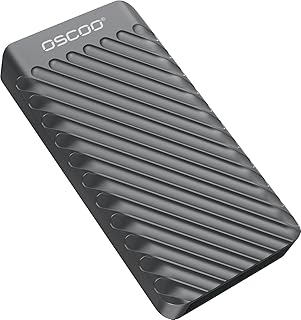The U.S. General Services Administration IT team recently made headlines by saving $1 million annually through the conversion of 14,000 magnetic tapes to modern digital records. This move sparked curiosity about the technology behind permanent digital storage and prevalent data storage practices in large enterprises and data centers.
Jim Handy, an expert in emerging non-volatile memory, illustrates a hierarchy of digital storage and memory technologies. This chart outlines the performance and cost of various storage mediums, ranging from fast volatile cache memories to hard disk drives and magnetic tape technology. Each technology serves a specific purpose in data storage, balancing performance and cost efficiency.
Enterprises and data centers typically utilize a mix of storage technologies to optimize performance and costs. Magnetic tape, known for its low storage expenses, is commonly used for archiving due to its cost-effective nature. The latest LTO-9 magnetic tapes, a popular format, offer significant storage capacity at a fraction of the cost compared to other storage mediums.
While optical storage and DNA-based storage solutions exist, they are not yet viable alternatives to modern magnetic tape technology. Startups are exploring optical storage options, but commercial products are not readily available. Despite the potential of DNA storage for archiving, practical solutions have not hit the market.
The claim that the U.S. GSA will save $1 million annually by transitioning from magnetic tape remains vague. Speculations suggest that consolidating data onto higher-capacity tapes or migrating data to modern storage mediums may be the key to achieving these savings. Data migration to newer technologies is crucial to prevent data degradation and obsolescence, ensuring data longevity and accessibility.
DOGE’s proposed cost savings could entail transitioning from on-site tape storage to remote storage solutions, potentially leveraging cloud services. However, deep archives in the cloud, often reliant on magnetic tape technology, may not offer substantial long-term savings. The specifics of how DOGE plans to achieve these savings remain unclear, raising questions about the feasibility and strategy behind the transition.
📰 Related Articles
- Western Digital Unveils High-Capacity Storage Solutions for Media Pros
- Veterinary Team Saves Cocker Spaniel’s Sight with Complex Surgery
- US Para Dressage Team Ready for Covalliero Dressage Days in Hagen
- US Jumping Team Ready to Shine at CHIO Aachen
- Rescue Team Saves Cat Mishka Trapped for Six Days






